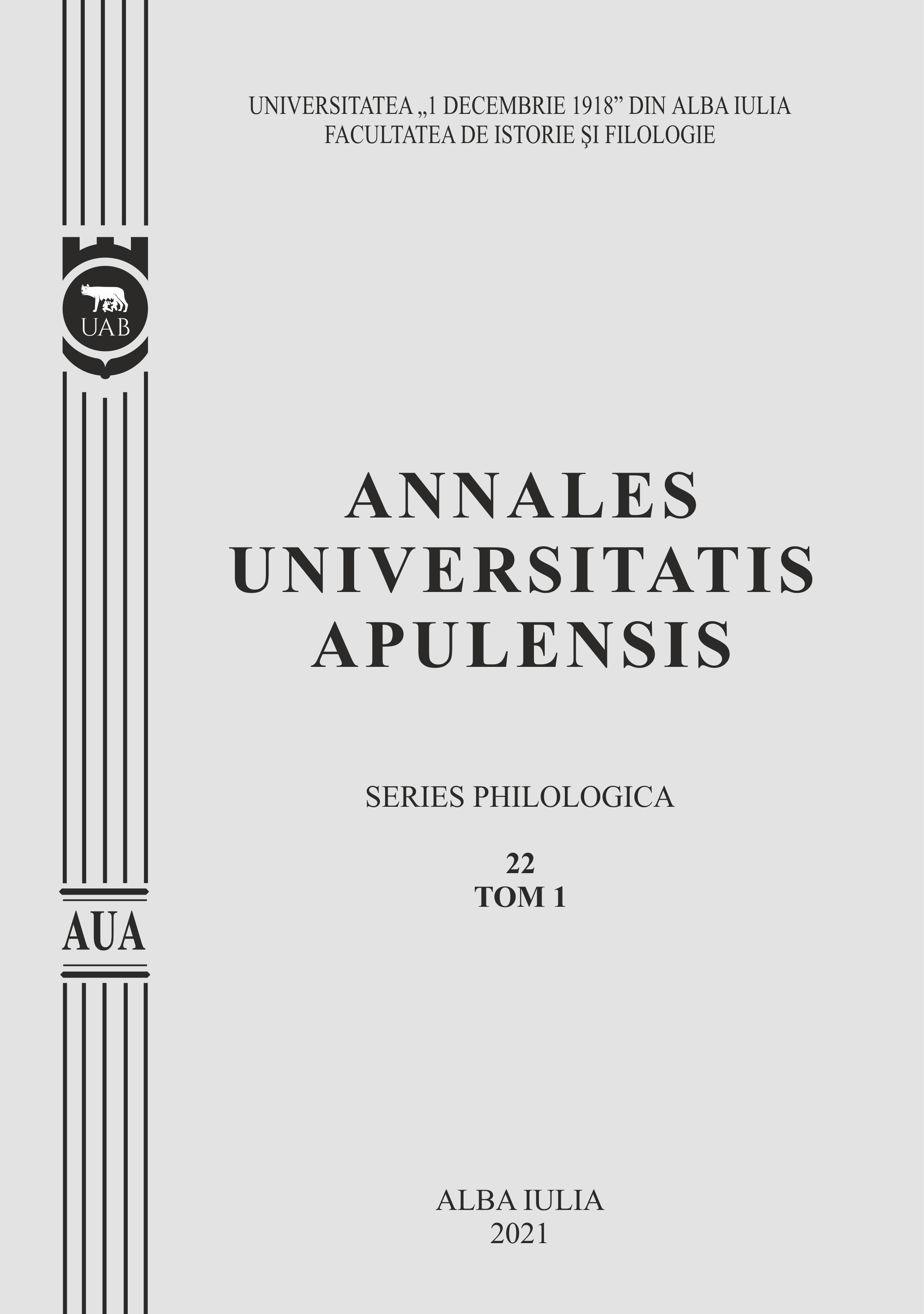SEMIOTICA TACTILĂ – PROBLEMA INTEGRĂRII CARACTERELOR KANJI ÎN SISTEMUL BRAILLE
The semiotics of touch: The problematic of integrating Kanji in the Braille
Author(s): Georgiana Lavinia TarSubject(s): Language and Literature Studies, Applied Linguistics, Philology
Published by: Universitatea »1 Decembrie 1918« Alba Iulia
Keywords: Braille; tactile semiotics; adaptation of Kanji to the Braille system;
Summary/Abstract: The aim of this paper is to propose a different approach to communication, focusing on the Braille system, its history and the rules behind this system in relation to foreign languages such as Japanese. Although any letter in the alphabet can be easily converted to Braille, this is not the case with Japanese language. This is mainly due to the fact that it features three forms of writing, namely Hiragana, Katakana (collectively called Kana) and Kanji (Chinese ideograms), the latter exceeding 2000 characters. There are simple algorithms, obtained through repeated human experience, verified by more or less scientific experiments, which could transform a message from Braille or mimetic-gestural language into a verbal one. This leads to an inter-semiotic process, as a translator from the current language and visual writing, to tactile and vice versa.Translating a text from Braille into alphanumeric characters can be easier than translating a text written from one language into another, because in Braille there are clear rules according to which this translation takes place, while the process of rendering a message from a language in the other requires additional effort to adapt the message, which sometimes requires a careful and long study of the culture and civilization. However, the Braille system only covers the alphanumeric elements. Thus, in a book, if there were any images, in most situations, in the Braille version, they are omitted, turning the poly-semiotic content into a mono-semiotic one. Furthermore, one must take into account the fact that the Japanese language rendered through the Braille system undergoes certain transformations, namely the visual form of Kana or Kanji is transposed into the phonetic one, later being transcribed in various combinations of dots. No official solution has been adapted to find the algorithm needed to integrate Kanji into a 6-dot system such as Braille. Nevertheless, this has not prevented the emergence of proposals for combinations within the system to address this issue.This shows that the Japanese appeal for Kanji is intimately linked to the shared experience of mastering a complex body of knowledge that defines the sense of belonging. Whether or not they facilitate communication is a secondary consideration. What really matters, as Braille for Kanji is clearly shown,as it is the sociolinguistic function of the Ideographic Myth, namely to sanctify the status quo.
Journal: Annales Universitatis Apulensis. Series Philologica
- Issue Year: 22/2021
- Issue No: 1
- Page Range: 421-429
- Page Count: 9
- Language: Romanian

